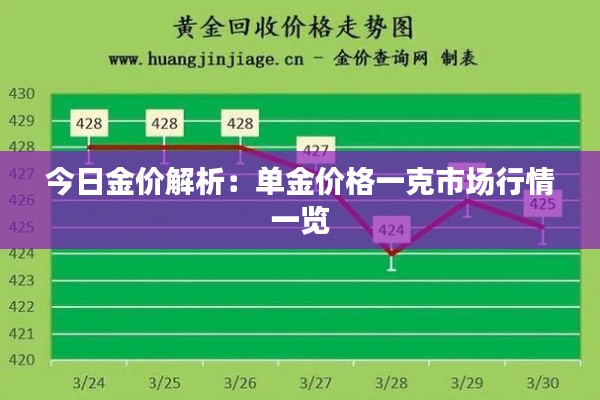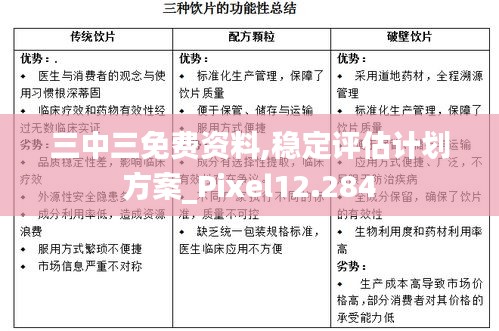Understanding Real-Time Optimization: What It Means and Its Implications
标题:Understanding Real-Time Optimization: What It Means and Its Implications
What is Real-Time Optimization?
Real-time optimization, often abbreviated as RTO, refers to the process of continuously improving and adjusting the performance of a system or process in real-time. This concept is particularly relevant in industries where decisions need to be made and actions taken almost instantaneously, such as in manufacturing, logistics, finance, and technology. At its core, real-time optimization involves the use of algorithms and models that can analyze data, identify inefficiencies, and suggest or implement improvements on the fly.
Key Components of Real-Time Optimization
Real-time optimization typically involves several key components:
- Data Collection: Continuous and real-time data collection is crucial for real-time optimization. This data can come from various sources, including sensors, IoT devices, and historical records.
- Analysis and Processing: Advanced analytics and processing techniques are used to interpret the collected data and extract actionable insights.
- Modeling: Mathematical models are developed to predict outcomes and simulate scenarios, helping to make informed decisions.
- Decision-Making: Algorithms and rules are employed to make decisions based on the analysis and models, often with a focus on maximizing efficiency or minimizing costs.
- Feedback Loop: A critical aspect of real-time optimization is the feedback loop, which allows the system to learn from its actions and continuously improve over time.
Applications of Real-Time Optimization
Real-time optimization has a wide range of applications across different industries:
Manufacturing
In manufacturing, real-time optimization can help in optimizing production schedules, reducing downtime, and improving resource allocation. For example, predictive maintenance can be used to identify potential equipment failures before they occur, thus minimizing costly repairs and production delays.
Logistics and Supply Chain
Real-time optimization in logistics can lead to more efficient routing, inventory management, and delivery schedules. By analyzing real-time data on traffic, weather conditions, and demand, logistics companies can make informed decisions that reduce costs and improve customer satisfaction.
Finance
In the financial sector, real-time optimization is used for algorithmic trading, risk management, and fraud detection. By processing vast amounts of data in real-time, financial institutions can execute trades with minimal latency, manage risks more effectively, and identify fraudulent activities quickly.
Technology and IT
Real-time optimization is also prevalent in technology and IT, where it can be used for network management, cloud computing, and data center operations. By continuously monitoring and adjusting system performance, IT departments can ensure optimal resource utilization and enhance user experience.
Challenges and Considerations
While real-time optimization offers numerous benefits, it also comes with its own set of challenges:
- Data Quality: The accuracy and reliability of the data collected are crucial for effective real-time optimization. Poor data quality can lead to incorrect decisions and suboptimal outcomes.
- Complexity: Implementing real-time optimization solutions can be complex, requiring advanced technical expertise and significant resources.
- Scalability: As the volume and variety of data increase, ensuring that the optimization system can scale accordingly becomes a challenge.
- Real-Time Constraints: Real-time systems must be able to process and respond to data within strict time constraints, which can be difficult to achieve in highly dynamic environments.
Conclusion
Real-time optimization is a dynamic and evolving field that plays a vital role in modern industries. By harnessing the power of real-time data analysis, modeling, and decision-making, organizations can achieve significant improvements in efficiency, cost reduction, and customer satisfaction. However, it is important to recognize and address the challenges associated with real-time optimization to ensure its successful implementation and long-term sustainability.
Navigating the Digital Landscape: A Comprehensive Guide to Real-Time Logging
<标题>跨越国界,畅游世界:国际人旅游的无限魅力</标题>
<标题>探寻邯郸:08年的记忆与今日的变迁</标题>
<标题>看不见的绿灯:揭秘生活中的隐性正能量来源</标题>
<标题>带货时代的见证:从传统销售到数字经济的华丽转身</标题>
<标题>中台事件实时报道:真相与应对措施全解析</标题>












 滇ICP备2021007469号-1
滇ICP备2021007469号-1